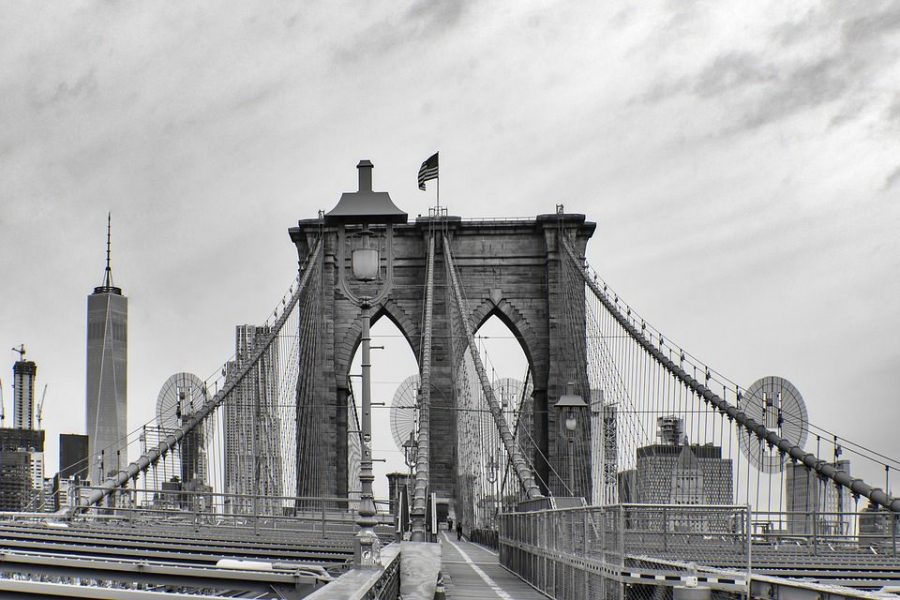New York City got its start as a humble trading post in 1624, but it has grown to become one of the biggest and most influential cities in the world. One of the most famous features of New York City is its architecture. The city’s skyline is instantly recognizable, and there are many beloved buildings and monuments in New York. Let’s take a look at the most iconic New York landmarks to see how they have changed over the years.
Empire State Building
The land that the Empire State building now sits on was first sold as farmland in 1799. It cost just $2,600, and the land was mostly just trees, grass, and shrubs. John Jacob Astor Jr. built the first significant building on it when he constructed a mansion on the land in 1859. This mansion was razed to the ground 30 years later, so Astor’s son could build the Waldorf Hotel. In 1897, the Waldorf hotel was combined with the nearby Astoria hotel. In 1930, construction on the Empire State Building officially started. The classic Art Deco style skyscraper was made even taller when a 200 foot tall antenna was placed on top in 1950. In 1956, four huge beacon lights were installed along the tower.
Rockefeller Center
John D. Rockefeller originally planned to build an opera house on the site, but then he got the idea to build a “city within a city.” The Rockefeller Center was built during the Great Depression. The complex included a grand lobby, a central plaza, and room for several creative enterprises. Six years after construction, the skating rink was added for entertainment. Rockefeller Center quickly because a gathering place for the artistic minds of New York City, and the complex was expanded in 1960. In the 2000s, Rockefeller Center underwent upgrades to add more gardens and art.
The Brooklyn Bridge
Bridge designer John Augustus Roebling became famous for innovations that stabilized suspension bridges. In 1867, New York agreed to let him build what would be a suspension bridge with the longest space between towers in the world. It was discovered that the contractor supplied inferior wire for the bridge cabling, so 250 extra cables were added during construction. This connection between Brooklyn and Manhattan was unveiled in 1883. The bridge stood mostly untouched until 2010 when it was renovated. Renovations widened the bridge entrance ramps,replaced rusty railings, and resurfaced the road.

